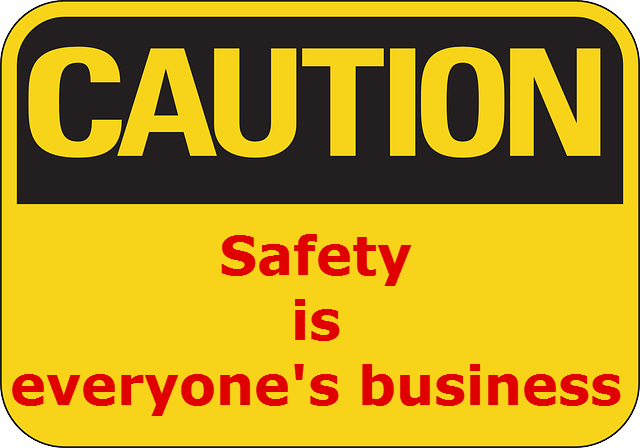
When our adult children return to their homes after visiting us, I always like to get a call or text so that I know that they are home, safe and sound. “Home safe and sound’ is the same phrase my parents taught me. Our workplaces should ensure that employees return to their homes every night, safe and sound.
In his book, Prescription for Excellence, Joseph Michelli, Ph.D, describes how the Ronald Reagan UCLA Medical Center became one of the top hospitals in the US. He states, “Fundamentally, safety must come before everything else for companies to even have a chance to serve customers or sustain success.” He goes on to explain how Abraham Maslow’s hierarchy of needs requires a safe environment before higher-level objectives can be achieved.
Remember, accident prevention reduces human suffering and is good for business. With those two incredible benefits, prioritizing safety in the workplace should be a no-brainer, but it isn’t. Ask any workers compensation insurance claims adjuster. Having worked in oil refining, power generation, milling operations, construction and health care, I can recommend these ten best practices to establish a safe work environment.
Ten Best Practices of Workplace Safety
- Know the rules. Since not all workplaces are alike, you must be certain that you know or can determine the safety laws and rules that apply to your unique workplace.
- Establish safety policy. Based on knowledge of the first Best Practice of Workplace Safety, policy must be established to prevent accidents and comply with law. All accidents are preventable. That is not to say that all accidents will be prevented but if the workplace adopts the attitude that all accidents are preventable, the number of accidents will decrease.
- Model the behavior. The example set by management will set the tone for how important safety is in your workplace. Compliance with rules increases when you model the safe behavior you expect. Examples; always wear your hardhat in the work zone, use gloves when dealing with bodily fluids, and sit up straight at your desk when typing.
- Train. Employees can only comply with policy that they have been taught. Training must be done so well that employees understand the policies and the consequences of non-compliance. Employees must also understand and accept his/her individual responsibility for safety. Managers must only allow those who have demonstrated competency to do certain tasks.
- Listen. Encourage employees to discuss the hazards of their work with you. Managers must establish a blame-free environment where employees are confident in openly discussing any mistakes that they make.
- Assess. Stop and think about what might happen in the workplace. Analyze even the smallest accident. Track, review and research the safety data. Set safety targets and monitor safety improvement.
- Fix problems immediately. Managers and employees must adopt an attitude of fixing any potential safety hazards as soon as they are found. If the solution is going to take time, tag the area with caution notices. Establish ever-vigilant good housekeeping standards.
- Be consistent. Safety rules must be consistently applied across the company and across time. Don’t allow yourself to get lax.
- Be insistent. Insist on safety every time, in every location, with everyone.
- Be persistent. Follow-up, follow-up and follow-up. If you don’t, safety will decrease over time. It is human nature.
In addition to safety, the physical working environment must be conducive to work and as comfortable as the work area permits. I recently worked with a company that moved from old, cramped quarters to a new building that was beautifully decorated. The impact on staff and customers alike was remarkable. This is not always possible in construction or heavy manufacturing but there are many improvements that can be made in all workplaces. The result will be better productivity and less employee turnover, which equals increased profitability.
The next ten practices are equally important to boost productivity even further.
Ten Best Practices for a Pleasant Workplace
- Improve any areas of poor lighting. This is more than just a safety issue.
- Decrease loud background noise, such as music, traffic noise, or unnecessary conversation.
- Replace chairs, desks or equipment that causes discomfort or repetitive strain.
- Clean-up unhealthy air, such as air pollution, smoke, or unpleasant smells.
- Avoid overcrowding and workstations in close proximity to others.
- Maintain comfortable climate conditions, such as heating, cooling and humidity.
- Allow for each employee to have an adequate rest period, which may be more than the law requires.
- Provide the best quality and functional tools possible.
- Beautify, clean and unclutter the workplace.
- Provide opportunity for exercise and healthy snacks.
When leaders focus on improving safety and workplace environment, employees have concrete evidence that the company cares for them. Valued employees are more productive employees. Productive employees increase company profits.
You have made a significant investment in your employees. Make sure those employees get home safe and sound.

